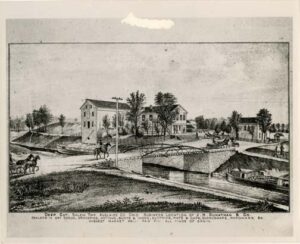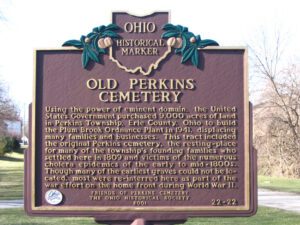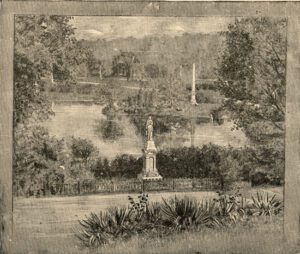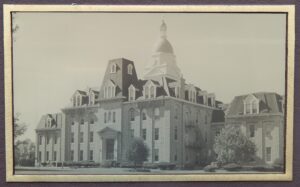, OH
Begun in 1833, the Miami Extension Canal linked the Miami Canal in Dayton to the Wabash & Erie Canal at Junction. Engineering difficulties, epidemics, and the Panic of 1837 delayed completion of the Extension until June 1845, when the packet boat Banner first navigated the almost 250 miles distance from Cincinnati to Toledo in three days. New Bremen was the northern terminus for a period while work continued northward on the Extension. Designated the Miami & Erie Canal in 1849, it served as the primary avenue of commerce and military transport, and as a “post road” before the railroad era. The Miami & Erie remained in use until 1913, long after the canal era had passed. Along the course of the canal, New Bremen was the approximate midway point between Cincinnati and Toledo.
, OH
Using the power of eminent domain, the United States Government purchased 9,000 acres of land in Perkins Township, Erie County, Ohio to build the Plum Brook Ordnance Plant in 1941, displacing many families and businesses. This tract included the original Perkins cemetery, the resting-place for many of the township’s founding families who settled here in 1809 and victims of the numerous cholera epidemics of the early to mid-1800s. Though many of the earliest graves could not be located, most were re-interred here as part of the war effort on the home front during World War II.
, OH
Spring Grove received its charter by an act of the Ohio Legislature in January 1845. Motivated by crowded conditions of small cemeteries created by the cholera epidemics of the 1830s and 1840s, the Cincinnati Horticultural Society formed a cemetery association in 1844 to find a location for a rural cemetery. Under the guidance of Robert Buchanan, local attorney Salmon P. Chase drafted the charter that was granted, and Spring Grove, consisting of 166 acres designed with a natural setting embellished with shrubbery, flowers, trees, and walks, was dedicated on August 28, 1845. A leader in cemetery design and the landscape “lawn plan” concept, Spring Grove officially changed its name to Spring Grove Cemetery & Arboretum in 1987.
, OH
Fr. John Henni founded St. Aloysius Orphanage in 1837 to care for German-speaking Catholic children who were left abandoned by the cholera epidemics of the 1830s. The orphanage has occupied its main building since 1856. All of the orphanage’s other buildings were constructed by 1930. In 1864, additional land was purchased, making the orphanage a self-sufficient farm growing fruits and vegetables as well as livestock.






